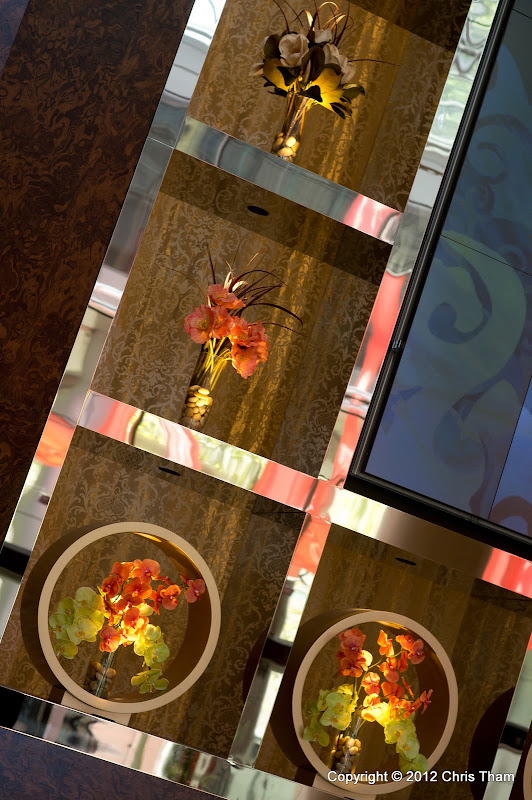 Originally posted by Christine Tham
Originally posted by Christine Tham 
Sigh.
That is not what dxomark says.
First, the dxomark aggregated score is not an absolute indicator of "image quality delivered". It is just a score used to rank sensors. "Image quality" in itself is a product of:
1. a camera that has both a good sensor and features that allow you to exploit that sensor
2. a good lens
3. a good photographer that can use the package
It is not sufficient to have a good sensor if you do not have the features, lens, and skill to produce images of high quality. What the sensor is capable of recording and what images you may be able to produce for it to record are two entirely different things.
Now that this is out of the way, let's take a closer look at the Nikon 1 system and see if its sensor is really almost as good as an MFT sensor. Then we'll come back to image quality achievable with it.
Intentionally or unintentionally, you seem to have picked an MFT camera that has scored lower than other MFT cameras.
So let me add a third one - the E-PL2.
We get:
J1: Agg score 56, Color Depth 21.5 bits, DR 11 Ev, High ISO 372
GF3: Agg score 50, Color Depth 20.6 bits, DR 10.1 Ev, High ISO 459
EPL2: Agg score 55, Color Depth 21.4, DR 10.2 Ev, High ISO 573
If these numbers are puzzling, I explained them
here. The only one that holistically looks at image quality is the High ISO score, which represents how high you can push ISO and still maintain a certain image quality bar - the Nikon 1 drops out of the competition first, then the GF3, then the EPL2, which has almost a stop advantage over the J1 - that is a big deal, as it is similar to the difference between K-5 and K-7, and based on such difference others argue that MFT is not really matching APS-C sensors.

We'll see how the difference looks after dxomark tests the E-M5 - that will be interesting.
The J1 looks better in the aggregated score than it really is for the following reasons, which are interesting to examine - one is a true advantage and the others are just being technicalities of how the dxomark score is computed:
- J1 has slightly better DR - that is a real advantage - it is its only advantage
- the first two dxomark scores (Color Depth and DR) are taken from lowest ISO - The Nikon J1 gets a slightly better Color Depth score because at ISO 100 it barely edges over the MFT sensors at ISO 160(GF3)/200(EPL2). In reality, the MFT cameras have an advantage in this area (almost a stop for the EPL2) but this score doesn't tell you that
- the third dxomark score tells the more accurate story because it takes all attributes into account and looks at how performance changes at high ISO - that is the first score one should look at
So what we have in the Nikon 1 system is a small sensor that performs pretty well for its size, but cannot break its inherent limitations. Furthermore, the Nikon 1 system is paired with slow lenses - the fastest 1 lens is f/2.8 while on MFT you have lenses as fast as f/0.95 paired with a larger sensor. That means an even larger image quality difference, not to mention DOF control.
Almost the same quality as MFT? I have no doubt the Nikon 1 system can produce beautiful images. I get great IQ from my Panasonic Lumix. But that does not mean my Lumix has almost the same IQ as the MFT system or as the Nikon 1 system.
Here's a sample of the Lumix IQ, btw. On a good day, it's not easy to beat:

Lumix IQ at its best


 Similar Threads
Similar Threads 



 We'll see how the difference looks after dxomark tests the E-M5 - that will be interesting.
We'll see how the difference looks after dxomark tests the E-M5 - that will be interesting.








 Thanks for describing what you were seeing in that Leica shot at 100%, rather than including a crop - that was priceless.
Thanks for describing what you were seeing in that Leica shot at 100%, rather than including a crop - that was priceless.













